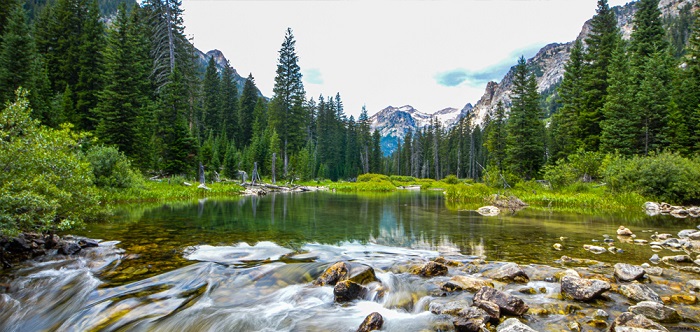Natural resources refer to the materials and substances that we rely on to make our lives better. These include minerals, air, water, fish, animals, plants, and soil. These resources are used for industrial purposes, and provide us with food, fuel, and other necessary goods.
There are two main categories of natural resources: those that are renewable and those that are non-renewable. Both types are essential to human life. But in order to avoid depleting them, we must make sure that we use them wisely.
A resource is considered to be a non-renewable resource if it cannot be replenished easily. Examples of non-renewable resources are fossil fuels such as coal, petroleum, and natural gas, and mineral reserves such as iron and limestone. These forms of resources have a long geological time span before they are exhausted. They are created from the remains of past organisms and plant life, and take millions of years to replenish. The rate of consumption exceeds the rate of replenishment, so they are susceptible to depletion.
A resource that is renewable, on the other hand, can be replenished easily, and is more resistant to over-use and pollution. These types of resources are also less costly to the environment. When we use them responsibly, they will last a long time.
Some common examples of natural resources are soil, wood, plants, minerals, and the land. These resources are important to humans because they give us fuel, feed, and fiber.
Other resources include ocean waters, salt, and wave power. Ocean water is an important source of desalination and provides habitat for deep-water fishes. Some natural resources can also be used as energy, such as wind and solar energy. These are often classified as renewable resources.
Throughout history, people have depended on natural resources to survive. During the Industrial Revolution, the world’s demand for raw materials soared. Consequently, many products have been manufactured using petroleum. Some government officials have even banned hunting practices to prevent environmental damage. In addition, governments have established parks to protect wildlife.
The laws governing the use of natural resources are complex and statutory. The Code of Federal Regulations contains various sections, mainly on prospecting, conservation, and public lands. There are also many local and common-law rules. This means that each individual is affected by the rules, and can participate in re-writing them or setting new ones.
The emergence of technological innovation has helped to reduce the costs of extracting and processing resources. This has also allowed for a shift in the focus of concern from the possibility of exhausting all natural resources to the potential for depleting non-renewable resources.
The law governing natural resources also includes a wide range of provisions concerning the rights of individuals. These rights include the right to access and exploit shared resources, the right to devise management plans, and the right to establish and operate institutions for the management of shared resources.
The success of the laws governing natural resources depends on an active civil society. The rights of individuals who are affected by the rules must be safeguarded and a broad public debate must be held.
